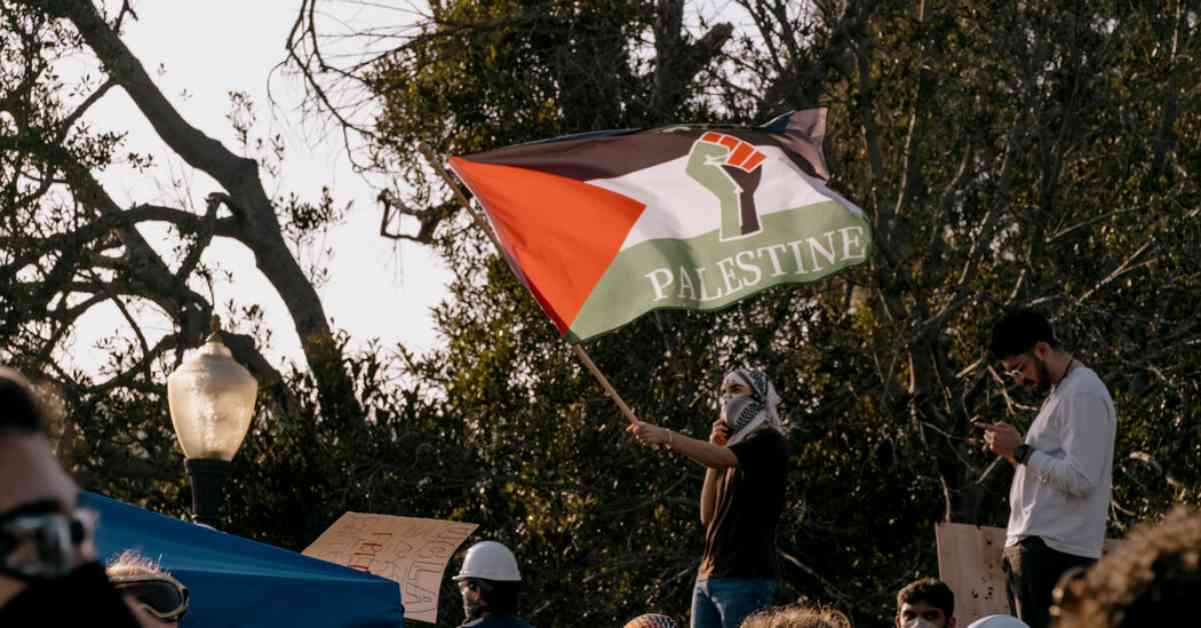Exploring Alternative News Sources
In today’s increasingly digital world, access to information is abundant and diverse. This is especially true for student protesters who are seeking alternative news sources for coverage of the Israel-Hamas conflict in Gaza. The frustration with mainstream American outlets and their perceived bias has led many students to turn to outlets like Al Jazeera for a different perspective. The on-the-ground coverage provided by Al Jazeera has become invaluable to these students, offering them a glimpse into the reality of the conflict that they feel is lacking in traditional media channels.
Nick Wilson, a Cornell student and pro-Palestinian activist, exemplifies this trend. He has been following the news on the Gaza conflict closely but has found the reporting of major American outlets to be lacking. Wilson’s distrust of these outlets has driven him to seek out alternative sources like Al Jazeera, which he believes provides a more reliable account of events. This sentiment is echoed by many other student protesters who are looking for a different narrative than what is typically presented by mainstream media.
The Shift Towards Alternative Media
The preference for alternative media among student protesters reflects a broader shift among Generation Z towards seeking news from a wider array of sources. In a fragmented media ecosystem, where trust in traditional outlets is waning, young people are turning to outlets like Jewish Currents, The Intercept, Mondoweiss, and independent Palestinian journalists on social media for information. These platforms offer a perspective that is often missing from mainstream coverage, providing a more nuanced view of the conflict in Gaza.
The recent ban on Al Jazeera’s operations in Israel has only served to elevate the network’s status among student protesters. The network’s extensive coverage of events on the ground in Gaza, coupled with the sacrifices made by its journalists, has solidified its reputation as a reliable source of information. The deaths of two Al Jazeera journalists since the start of the conflict have only reinforced the network’s dedication to telling the story of Gaza, resonating with students who value authenticity and firsthand accounts.
The Power of On-the-Ground Reporting
One of the key reasons why student protesters are turning to Al Jazeera and other alternative media outlets is the emphasis on on-the-ground reporting. The firsthand accounts provided by journalists who are embedded in the conflict zone offer a level of detail and insight that is often missing from mainstream coverage. This type of reporting allows students to connect with the human side of the conflict, hearing stories directly from those affected by the violence and upheaval in Gaza.
The presence of Al Jazeera’s reporters in Gaza has been particularly impactful for student protesters, who value the network’s commitment to covering the conflict despite the risks involved. The in-depth coverage of events in Gaza, including the stories of ordinary Palestinians caught in the crossfire, has resonated with students who are seeking a more holistic understanding of the situation. By prioritizing on-the-ground reporting, Al Jazeera has become a trusted source of information for those looking to engage with the complexities of the Israel-Hamas conflict.
As the media landscape continues to evolve, student protesters are at the forefront of a movement towards alternative news sources. By seeking out outlets like Al Jazeera that provide on-the-ground coverage and a pro-Palestinian perspective, these students are challenging the dominant narratives that have shaped public discourse on the Gaza conflict. Their commitment to authenticity, diversity, and nuance in reporting reflects a broader shift in how young people consume and engage with news, highlighting the power of alternative media in shaping our understanding of complex global issues.
